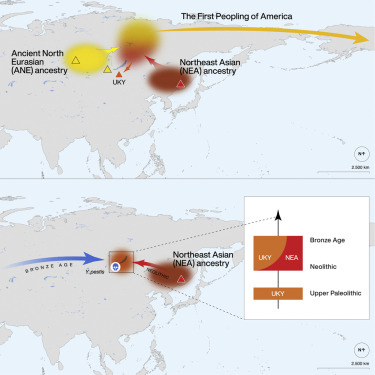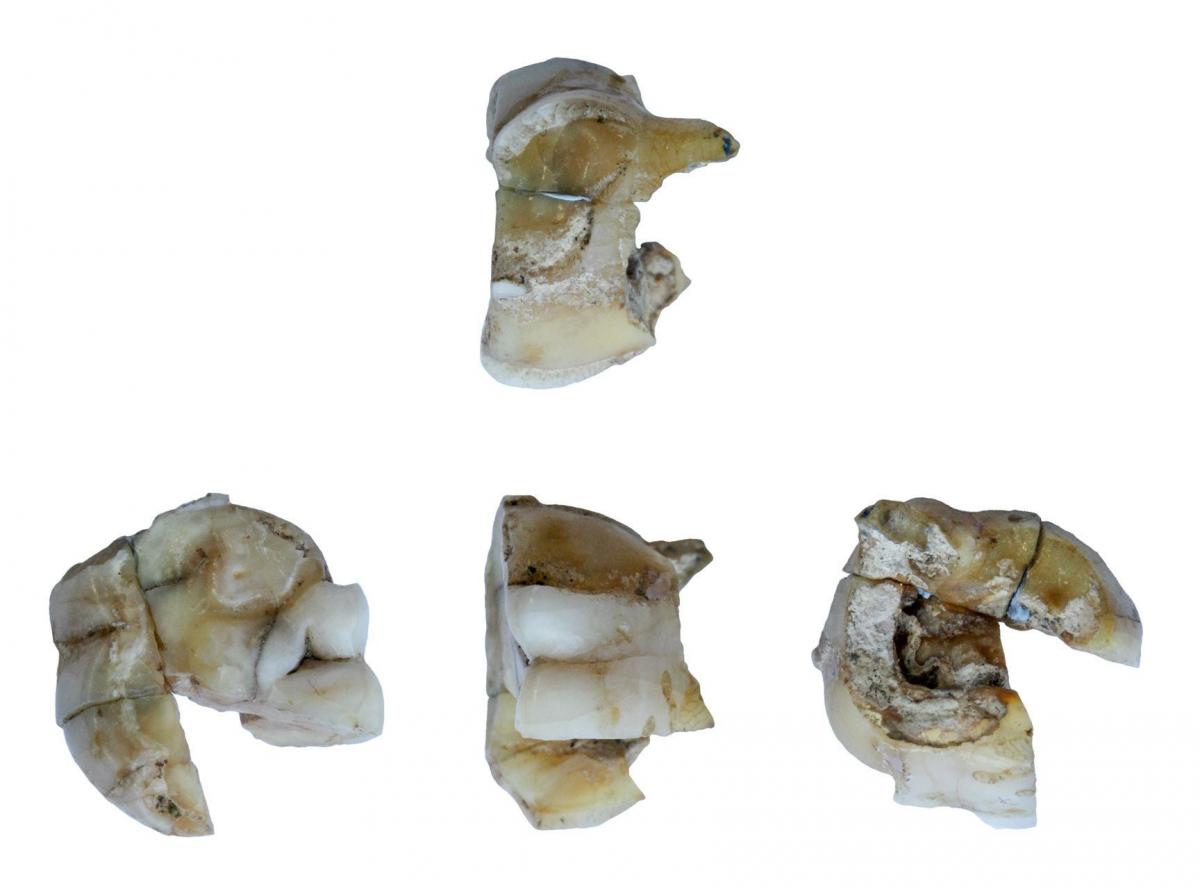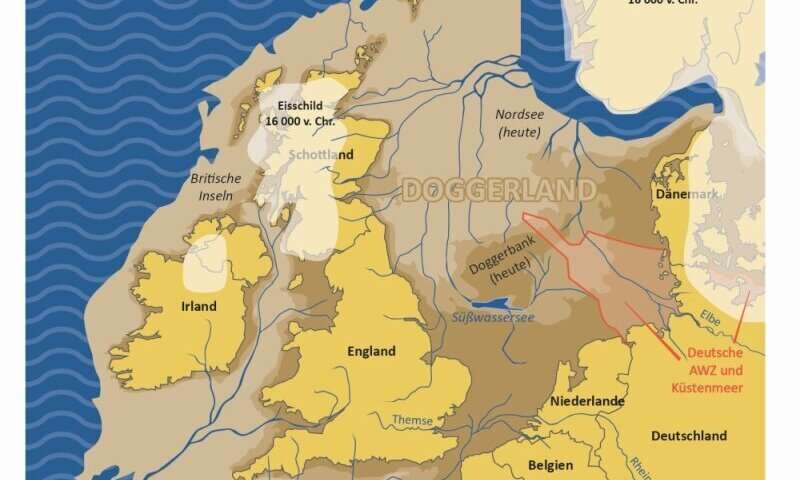At https://phys.org/news/2020-05-oldest-native-americans-lake-baikal.html … which has its origins in a paper in Cell – see https://doi.org/10.1016/j.cell.2020.04.037 … using genetic data, ancient pathogen genomics, as well as isotope analysis, we have a new take on the population history of the area around Lake Baikal in Siberian Russia. The region is said to have the densest connection between ancient Siberians and modern native Americans. Modern humans have lived near Lake Baikal since the disappearance of the Neanderthals and Denisovans. They were typically Upper Palaeolithic in culture and lived there during the Late Glacial Maximum. Nothing new here really but a new paper.
 genetic links persisted between Siberia and the Americas through the Neolithic and Bronze ages – but see also https://anthropology.net/2020/05/22/a-russian-ancestor-to-native-americans/ … where it becomes a tale of a tooth that was found many years ago by archaeologists.
genetic links persisted between Siberia and the Americas through the Neolithic and Bronze ages – but see also https://anthropology.net/2020/05/22/a-russian-ancestor-to-native-americans/ … where it becomes a tale of a tooth that was found many years ago by archaeologists.

At https://phys.org/news/2020-05-endangered-cultural-heritage-seafloor-unde… … where we have a report too late. The continental shelf system around NW Europe, now the sea floor, is home to submerged archaeology. The same is true of the Baltic Sea and the North Sea. Not just ship wrecks but prehistoric settlements that were overwhelmed by rising ocean levels. These sites, mostly unexcavated, are threatened by gravel and sand extraction, the laying of cables and pipe lines, fbottom fishing, dredging, and of course by the oil and gas industry. Worst of all, it would seem, are the offshire wind turbines (which require large concrete platforms).

